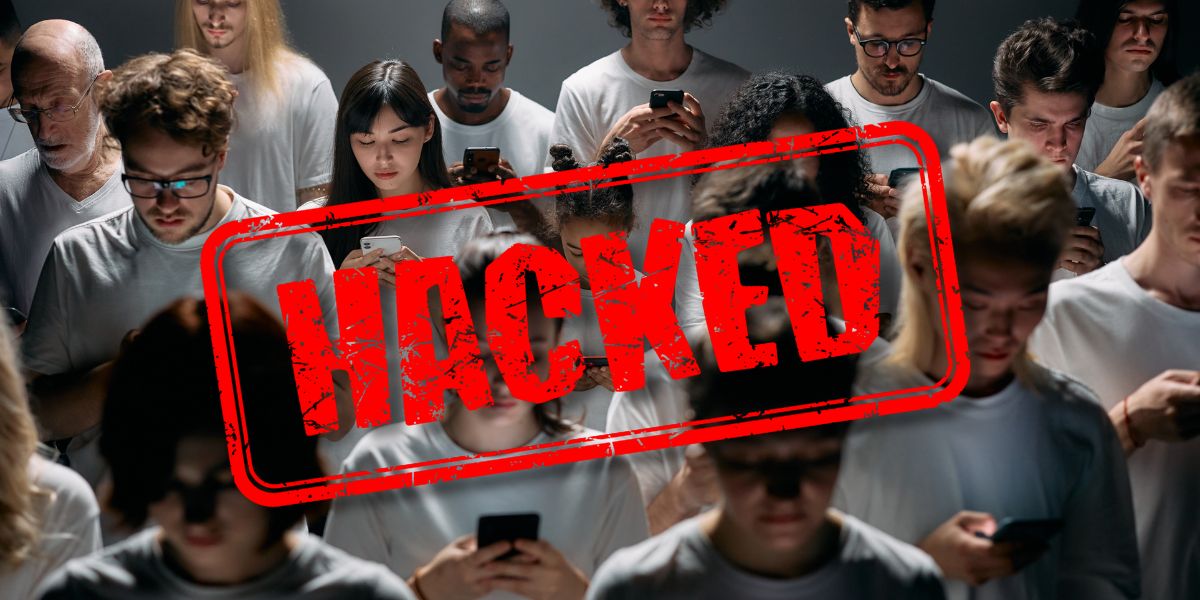The Anatomy of the Breach
The data was discovered circulating on the dark web, compiled from logs generated by infostealer malware. Unlike traditional data breaches, which often originate from a single compromised company or website, infostealers are malicious programs that run directly on a user’s device, surreptitiously scraping stored passwords, browser data, and other sensitive information.
Security analysts, sifting through this gigantic dataset, have verified the inclusion of a significant number of Gmail usernames and their corresponding passwords. Given that many individuals reuse passwords across multiple services, these leaked combinations pose a profound risk of further account compromise.
Understanding the Threat: Beyond a Single Account
The danger posed by this leak extends far beyond a user’s Google mailbox. A confirmed Gmail credential enables two primary avenues for criminal exploitation:
- Credential Stuffing Attacks: Cybercriminals exploit the common practice of password reuse. They take the leaked email and password combination and “stuff” it into login fields for other high-value services, such as banking portals, e-commerce sites, and social media platforms. If the user reused their password, the criminals gain unauthorised access.
- Account Takeover: A Gmail account is often the primary recovery email for dozens of other essential accounts. By compromising a user’s Gmail, attackers can initiate password reset processes for other services, including financial accounts, cloud storage, and cryptocurrency wallets, effectively locking the legitimate owner out and facilitating a complete digital takeover.
Immediate Action Required: A Critical Security Checklist
While the news is concerning, proactive measures can significantly mitigate your risk. All users, especially those who may have been exposed to malware or who reuse passwords, should take these steps immediately:
1. Verify Your Exposure
Check if your email address has appeared in any known data leaks using reputable, free services such as Have I Been Pwned (HIBP). This is a crucial first step in assessing your personal risk level.
2. Change Your Password
If your email is confirmed as part of this or any other breach, or simply as a preventative measure, change your Gmail password immediately.
- Implement Strength and Uniqueness: The new password should be unique (not used anywhere else) and complex, incorporating a random mix of uppercase and lowercase letters, numbers, and symbols.
3. Enable Multi-Factor Authentication (MFA)
This is the single most important action you can take. Enable MFA/2FA on your Gmail account and every other critical online service. This requires a second verification step, typically a code sent to your phone, making it virtually impossible for an attacker to log in using only a stolen password.
4. Utilise a Password Manager
To maintain unique, complex passwords for all your accounts without relying on human memory, consider adopting a password manager. These applications securely store and auto-generate strong credentials, vastly improving your overall digital security posture.
In the current threat landscape, breaches of this scale are a constant reminder that robust cyber hygiene is no longer optional. Maintaining unique passwords and enabling MFA are the core pillars of defending your digital identity.






